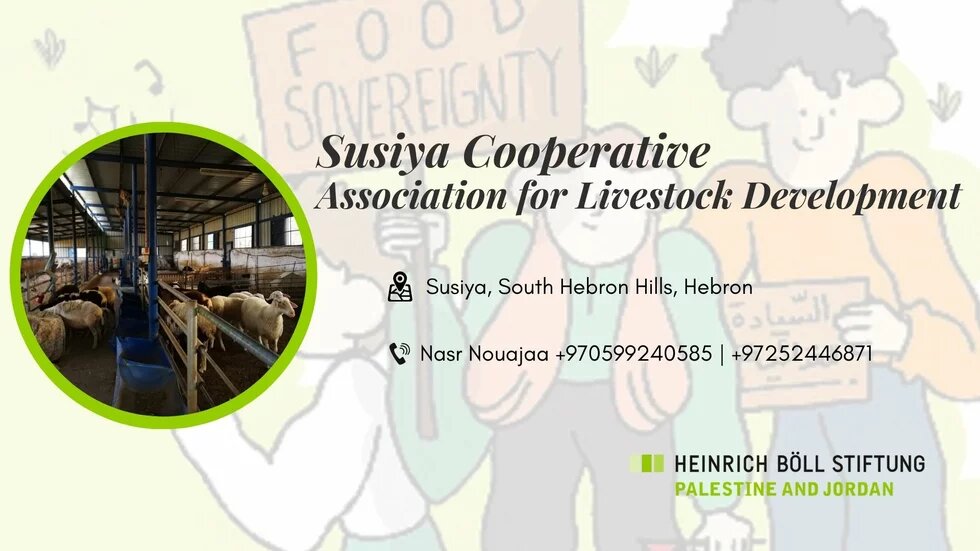
Susiya constitutes a living witness to the occupation’s policy in its attempts to uproot Palestinians from their land. The people of Susiya have been displaced several times since the Nakba (catastrophe) in 1948.In 1983, Susiya settlement was built on its lands and in 1986 the occupation army expelled the Palestinian residents from their homes after the Israeli Civil Administration declared the original village a national park under the pretext it is located at the centre of the archaeological site Khirbet Susiya. The residents had to leave their homes and moved a few meters away from the original site, where they built their new village. Meanwhile Israeli settlers took over the archaeological site. Under the Oslo II Peace Accords of 1995, Susiya village lands were designated as “Area C”, where Israel would retain full control over security and civil affairs during the 5-year interim period until the final status agreement, which never came. Thus the residents of Susiya and other villages in Area C are still to this day not allowed to construct any facilities nor connect to the water and electricity networks, unless they obtain a license from the occupation. As is the case for most villages, this license was not given to the residents of Susiya, forcing them to live in tents. However even the most basic installations of tents, water wells and animal sheds have been demolished several times by occupation forces. Susiya residents constantly receive demolition orders to their installations. Water and electricity lines feeding settlements and military bases pass by their tents, but they are prevented from using them in an attempt to push them away and expel them from their lands.
With all the attempts to displace them, the steadfastness of the people of Susiya to remain in their lands presents a model for sumud (resilience) and land preservation. Their livelihood depends on grazing and cultivation of olive trees and field crops. They are farmers and not a Bedouin community, yet the occupation’s policies have forced them to live a nomadic life.
The Susiya Cooperative Association for Livestock Development started as a collective effort by residents of the village to find a source of income to sustain their steadfastness to remain on their lands. It was established by 75 men and women, but after some withdrew from the cooperative, there are 55 remaining members. They purchased a 4-dunumplot of land in an area adjacent to their area of residence between Yatta and Susiya. Part of that land is designated as Area C, while another part is Area B. The latter allowed them to build a headquarters for the association on it as those areas are technically under Palestinian civil jurisdiction. Since building their headquarters, they have attracted some agricultural projects from local and international organizations.The association was established based on cooperative principles through the personal efforts of its members. Since most members had sheep, each member donated two sheep to start implementing fattening and livestock raising projects. The association faced financial difficulties due to the drop of meat prices after the Palestinian Ministry of Agriculture’s decision to import livestock from abroad. Other challenges like restricting laws as well as the formation of a new governmental body for cooperatives led to complicated bureaucratic procedures and additional financial losses incurred by the association.
After this, the association resorted to agricultural projects such as growing cucumbers and zucchinis in greenhouses. In the winter of 2019, they experimented with the cultivation of 8,000 strawberry seedlings as strawberries are a profitable commodity. They tried to rely on natural methods in pest control and soil fertilization as much as possible and are now researching how to produce organic compost from the village’s food scraps, which typically goes to waste.
The outcome establishing the association far exceeded the material returns from it, as the construction of the association's headquarters and connecting it to the electricity network and roads to the area led to the prosperity of the surrounding area. Additionally, residents of the village were encouraged to defy the occupation by building houses in areas that are threatened with confiscation. In one year, 14 residential units were constructed, some in Area B and others in Area C next to the association’s headquarters.
We encourage you to dedicate one day of your time to visit Susiya and get to know its hospitable residents and the members of Susiya Cooperative Association.